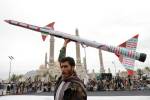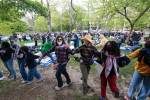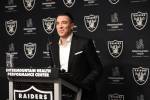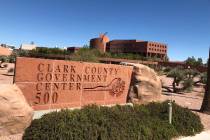Nevada public health survey asks hard questions about crisis-care standards

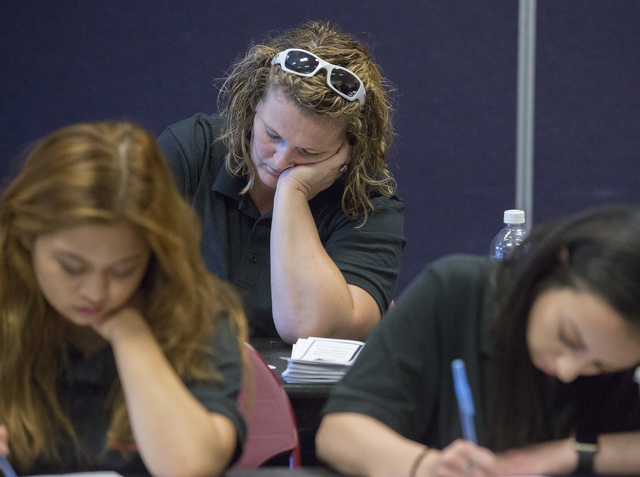


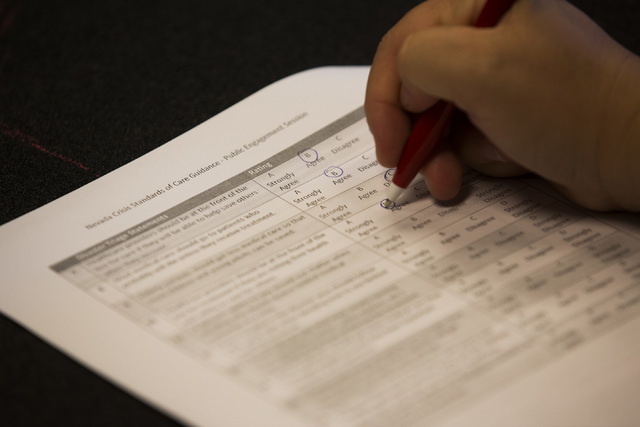
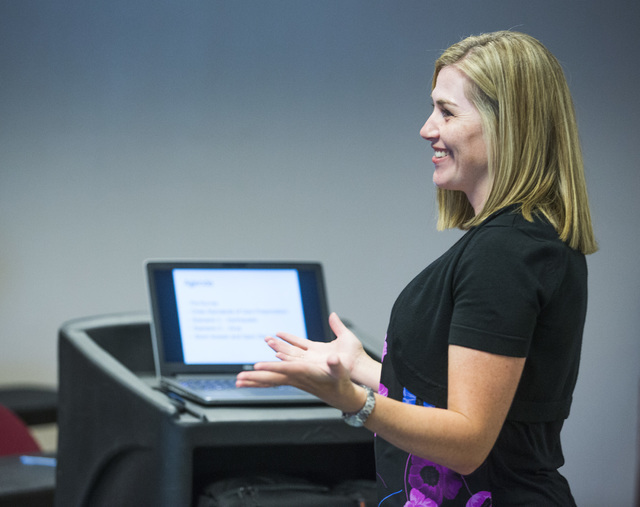
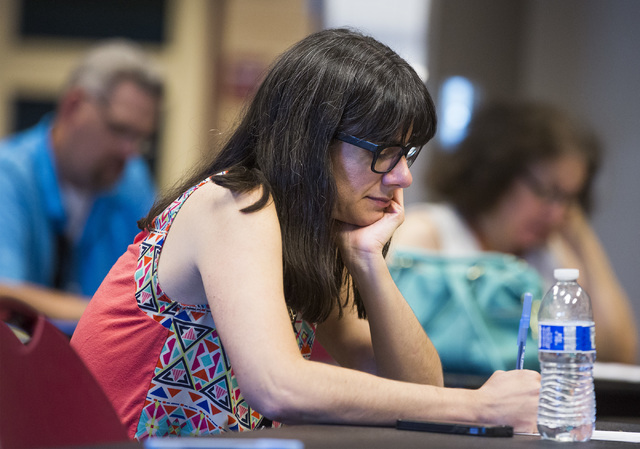

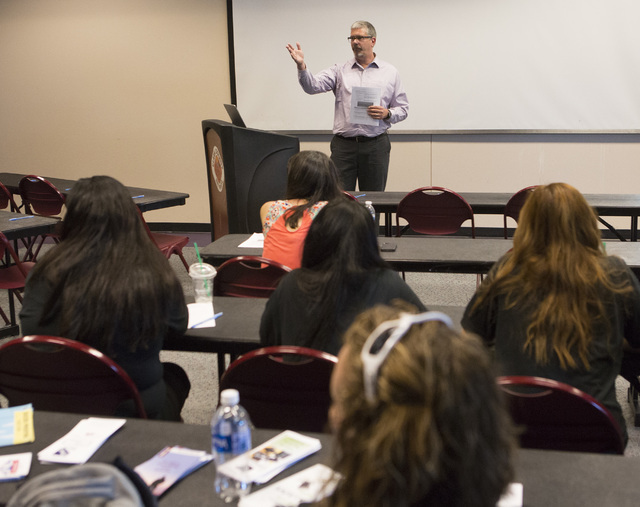
During a pandemic or major earthquake, who deserves emergency medical care first: an elderly patient or someone younger?
Should doctors be allowed to stray from their typical services if they believe their actions could save lives?
Nevada public health officials are asking these and other questions as they work to compile standards of care that could be implemented during statewide crises.
The state Division of Public and Behavioral Health held three public meetings Wednesday in Southern Nevada to solicit response and encourage discussion on the topic.
The division is working with health care, public health and legal experts to develop the set of standards with the aim of ensuring health care consistency during disasters.
Though they won’t be legal policy, the guidelines will help illuminate a path for health care providers during massive emergency situations, said Malinda Southard, a health care preparedness program manager with the Division of Public and Behavioral Health.
Guideline planning began early last year, and a final draft is expected by June 2017, she said.
“These standards assist health care professionals to decide how to provide the best possible medical care when resources are limited,” the division said in a news release last month.
By the end of the day Wednesday, public health staff had held seven in-person engagement sessions across the state, and an online survey in English and Spanish had garnered roughly 970 completed responses.
The survey is active through July 20.
During one of the public sessions Wednesday afternoon at the Cambridge Recreation Center, near Flamingo Road and Maryland Parkway, state and contracted employees asked an assembled group of about 15 participants to respond to a series of questions that explored the public’s core beliefs on emergency management.
The audience members, many of whom had public health or emergency medicine backgrounds, were asked to strongly agree, agree, strongly disagree or disagree with several survey statements read aloud by a moderator.
One of the statements read: “More medical care should go to save younger patients because they have the most years to live.”
“It’s a horrible question,” one woman in the audience said.
“It’s a very hard question,” another responded.
Similar questions prodded if first responders should receive care first in an emergency and if transportation and utility workers should be given priority.
The questions were taken from materials provided by the Health and Medicine Division of the National Academies of Sciences, Engineering and Medicine, a division previously referred to as the Institute of Medicine.
In its critical disaster planning documents, the National Academies division says some of its activities can aid officials by providing a snapshot of public opinion while others are designed to show the public what it’s like to be making difficult emergency health care decisions.
Presented with an earthquake scenario in which they had to choose five out of nine injured patients to receive treatment at a hospital, understanding that the other four patients would die, some audience members shook their heads as others offered wry smiles.
The only information provided was patient age and the chance of survival with treatment.
Jeff Quinn, public health preparedness manager at the Southern Nevada Health District who participated as an audience member, said he felt the questions allowed for a real assessment of public sentiment.
“If they’re noncontroversial questions, then you’re not going to get the dialogue and conversation you need,” he said.
He added that emergency care in a crisis won’t be defined by just the crisis standards of care.
“It’s not restricted to just what the plan is,” he said. “It’s always evolving.”
The goal of the standards isn’t to exclude people from care but instead to assess what the public thinks is vital in emergency situations and explain to them how crisis management may affect them, Southard said.
“Hopefully we’ll never have to use this, but if we do, it’ll be nice to have something that at least gives you a little guidance,” she said.
The meetings in Southern Nevada were held just months after the state fell below the national average in the 2016 National Health Security Preparedness Index, an assessment of emergency preparedness and health security.
Contact Pashtana Usufzy at pusufzy@reviewjournal.com or 702-380-4563. Follow @pashtana_u on Twitter.
Crisis care survey questions
Some of the survey questions to which participants were asked to strongly agree, agree, disagree or strongly disagree:
• It is better to save the most lives—even if it means that some people won’t get all of the medical care they would get under normal conditions.
• The sick and injured should be treated “first-come, first-served”—whether or not they are likely to survive.
• Elderly patients should get less medical care so that more children and young adults can be saved.
• People who do jobs that keep society running (transportation workers, utility workers, etc.) should be at the front of the line for treatment.
• Elderly patients should get more medical care than younger people because they have important wisdom and experience.
• The best way to decide who should be treated is to do a lottery or draw straws.



